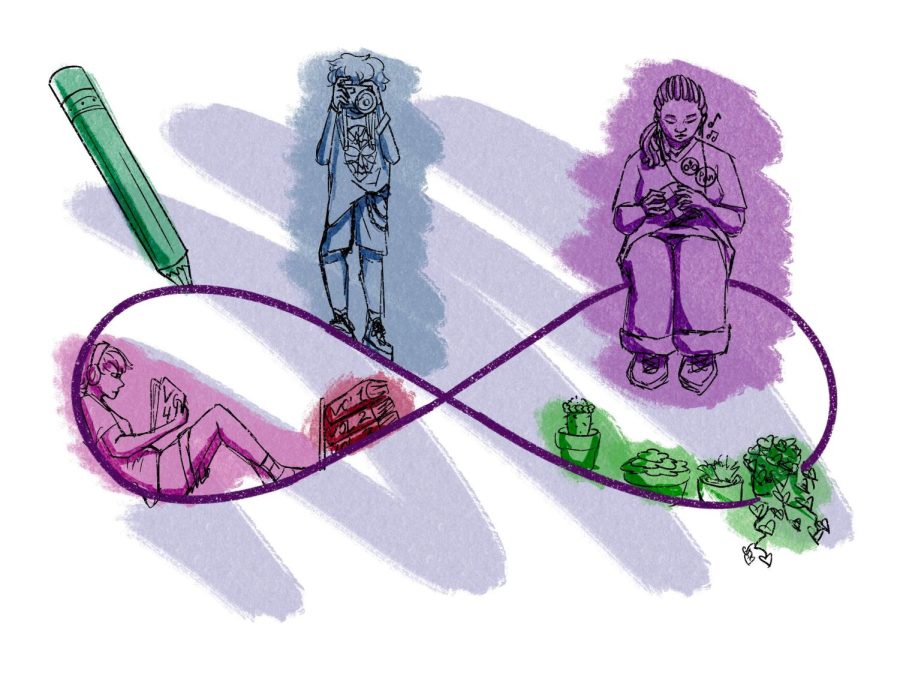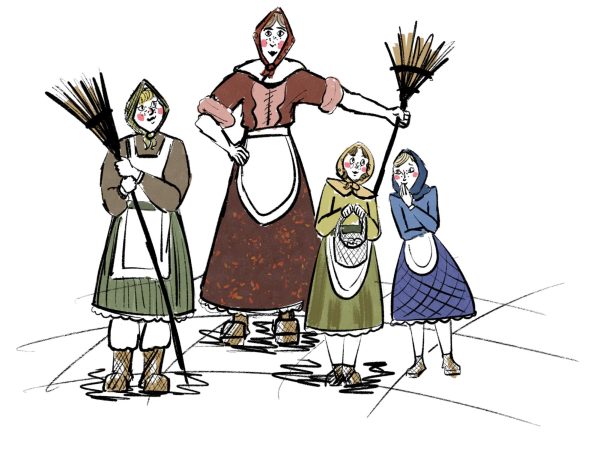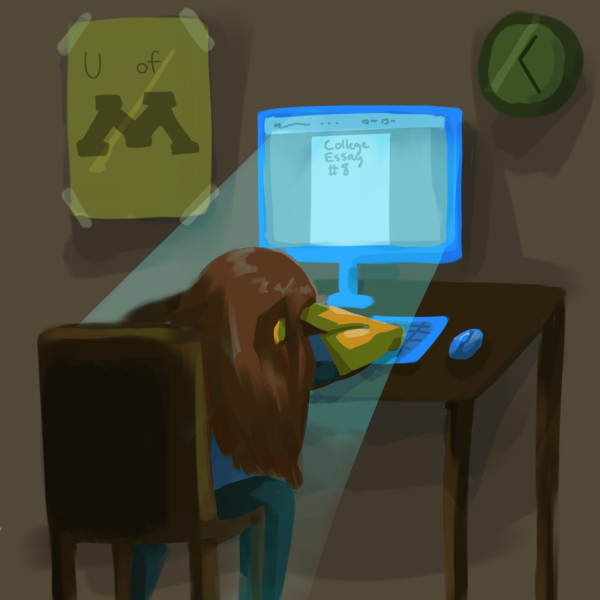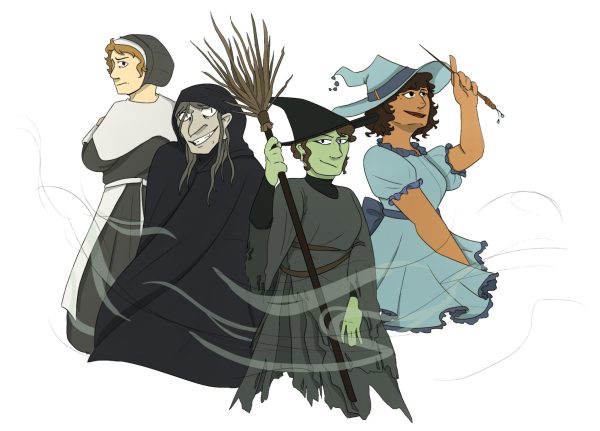How to Promote Inclusion and Acceptance During Autism Awareness Month
April 29, 2022
According to the National Institute of Mental Health, autism, or autism spectrum disorder (ASD), is “a neurological and developmental disorder that affects how people interact with others, communicate, learn, and behave”.
ASD is a lifelong condition that exists on a spectrum, which means the abilities and characteristics of those affected vary greatly. The condition is not limited to a particular socioeconomic, ethnic or racial group, but, according to the CDC, it is four times more common in males than females and affects an estimated 1 in 44 children in the United States.
Despite being a well-known and common condition, individuals with ASD often experience discrimination, underrepresentation and stigma in the public eye.
To educate the public about ASD, Autism Awareness Month was first established in 1970 by the Autism Society.
According to the group’s website, Autism Awareness Month aims to, “increase understanding and acceptance of people with autism, [and foster] worldwide support” .
As MHS students with autism, Elisabeth Polingo, ‘22, and Carter Hicks, ‘23, both agreed that celebrating Autism Awareness Month is important to create a more inclusive world with better ASD representation.
ASD is a highly stigmatized condition riddled with deeply-rooted misconceptions. One of the most harmful misconceptions about those with autism is that they’re low-functioning or unintelligent.
“Some people are really high-functioning”, said Polingo. “They behave just like everyone else, but have a different perspective on life”.
According to PsyCom, “the abilities of so-called ‘low-functioning’ autistics have been underestimated for decades while the challenges of so-called ‘high-functioning’ autistics have also been underestimated and under-supported.”
The portrayal of autism in media and pop culture has also distorted the public’s perception of those with disabilities. Inaccurate or negative portrayals of characters with autism include stereotypes such as “the mute” or “the savant,” which exclude most of the autism spectrum and inaccurately depict autism as a whole.
Polingo and Hicks both agreed that there was too little representation of autism in media, and the representation that does exist is harmful or flawed. Roles such as Shaun in NBC’s The Good Doctor and Sheldon in CBS’s The Big Bang Theory represent individuals with autism as possessing uncanny proficiency in a certain field, when in reality, according to the Organization for Autism Research, this only represents approximately ten percent of those on the autism spectrum.
In addition, most autistic characters portrayed in pop culture are males.
“Boys are much more represented with autism than girls…girls with autism should be noticed too,” said Polingo.
According to Spectrum, Women with autism are often ignored, “not just by society, but by science.”
Additionally, according to William Mandy, in most autism studies, it is typical to find results from male participants, including three to six male participants for every female. As a result, female and gender nonconforming individuals with autism are frequently overlooked for diagnosis.
Polingo and Hicks both hope to be able to see themselves represented more frequently and accurately not only in pop culture, but also in their school environment.
So how can students at MHS cultivate a more inclusive environment for students with ASD?
A crucial element of referring to or discussing autism respectfully is being mindful of language and word choice. The use of the R-slur or using the word “autistic” as an insult in any context is unacceptable and dehumanizing.
When asked about how it felt to be on the receiving end of hurtful language, Hicks said, “It just hits you…[it makes me feel] mad, because it just hurts. It doesn’t happen that much anymore, but elementary school sucked for me.”
What Polingo wishes the world understood about people with autism is that “they’re like everyone else, they just learn a little differently.”
Letting go of previously held misconceptions about those with autism and intentionally practicing empathy is a good place to start.
Both Polingo and Hicks are members of Tonka Unified, an MHS sports and activities club for students with and without disabilities.
“It’s a lot of fun,” said Hicks, who qualified for State at Target Center for basketball. “I scored 27 points in the third game, including a three-pointer.”
Polingo added, “We do all kinds of sports and competitions; we do bowling, basketball, and a lot more.”
Unified meets Monday Mornings from 7:10-7:50 in the West Gym, and everyone is welcome. The club attends events held by Special Olympics Minnesota and also hosts the Polar Plunge, Unified Night Out and many more fun activities.
Ultimately, everyone has a responsibility to make MHS a more inclusive environment both academically and socially. Exposing oneself to diversity is crucial to promoting inclusion, and becoming involved in Tonka Unified would be a great place to start. Erase the R-slur and harmful language altogether and encourage others to do the same. Practice intentional empathy and do not let the perception of the autistic community be limited by stereotypes and stigmas. MHS students should make an extra effort this month to support their autistic peers while also remembering that inclusion should be a priority year-round.






























